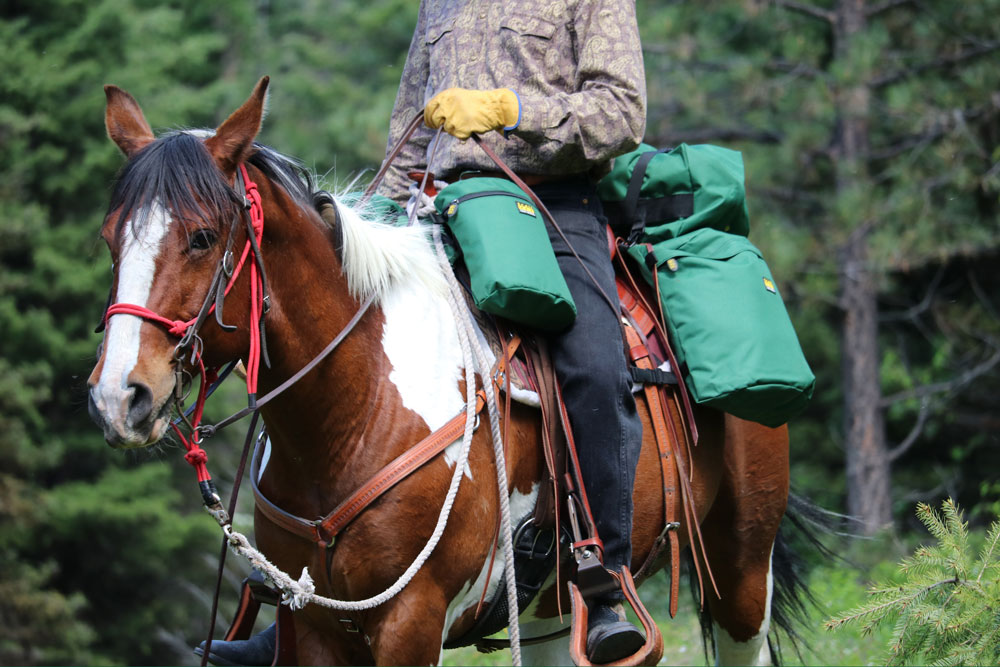The term ‘what is a horse bridle’ often intrigues those new to the world of equestrian activities. A horse bridle is a crucial piece of equipment for any horse rider, as it plays a significant role in steering and controlling the horse. In this comprehensive article, we will explore the fundamentals of horse bridles, their components, types, and tips for proper usage.

1. The Importance of a Horse Bridle
A horse bridle is more than just a piece of tack. It’s a primary communication tool between the rider and the horse. Bridles help in directing the horse’s movements, ensuring safety, and enhancing the riding experience.

2. Components of a Horse Bridle
2.1 The Headpiece
The headpiece, also known as the crownpiece, sits behind the horse’s ears and connects to other parts of the bridle.
2.2 The Browband
The browband rests across the horse’s forehead, just above the eyes, and helps keep the bridle in place.
2.3 The Cheekpieces
Cheekpieces attach to the headpiece and hold the bit in place within the horse’s mouth.
2.4 The Noseband
The noseband, positioned around the horse’s nose, helps prevent the horse from opening its mouth too wide.
2.5 The Bit
The bit is an essential component that sits inside the horse’s mouth, allowing the rider to communicate through the reins.

3. Types of Horse Bridles
3.1 English Bridles
Commonly used in dressage, show jumping, and eventing, English bridles are known for their sleek design and functionality.
3.2 Western Bridles
Western bridles usually have fewer components and are widely used in Western riding disciplines.
3.3 Bitless Bridles
As the name suggests, bitless bridles do not have a bit, making them a more humane option for some horses.

4. Choosing the Right Bridle
Finding a suitable bridle for your horse involves considering factors such as the horse’s size, the type of riding, and the rider’s level of expertise.
5. Fitting a Horse Bridle
A correctly fitted bridle is vital for your horse’s comfort and responsiveness. Ensure the headpiece, cheekpieces, and bit are adjusted appropriately.
6. Maintaining Your Horse Bridle
Regular maintenance of your bridle, including cleaning and checking for wear and tear, can extend its lifespan and ensure it remains in good condition.
7. The Evolution of Horse Bridles
The design and materials used in bridles have evolved over centuries, with modern bridles incorporating advanced technology for enhanced performance.
8. Common Myths About Horse Bridles
There are several myths about horse bridles, from their impact on horse behavior to their necessity in riding. Understanding the facts can help dispel these misconceptions.
9. Expert Tips for Beginners
For those new to riding, learning how to use a horse bridle effectively is crucial. Here are some tips from seasoned riders to help you get started.
10. Horse Bridles in Different Cultures
Horse bridles come in various styles, influenced by different cultures and their unique riding traditions.
11. Safety Guidelines When Using a Bridle
Understanding and following safety guidelines is essential when using a horse bridle to ensure the well-being of both the rider and the horse.
12. The Role of Technology in Modern Bridles
Modern technology has significantly impacted the design and functionality of horse bridles, offering improved comfort and control.
13. Ethical Considerations
Choosing the right bridle involves considering ethical aspects, particularly the treatment and welfare of the horse.
14. Affordable Horse Bridles
There are many affordable options for horse bridles available, making it possible to find a good-quality bridle without breaking the bank.
15. Frequently Asked Questions
Q1: What materials are commonly used to make horse bridles?
A1: Horse bridles are typically made from leather, synthetic materials, or a combination of both.
Q2: How do I clean a horse bridle?
A2: Regularly wipe the bridle with a damp cloth and use leather conditioner for leather bridles. Avoid using harsh chemicals that can damage the material.
Q3: Can a bridle hurt a horse?
A3: A poorly fitted or improperly used bridle can cause discomfort or injury to a horse. It’s essential to ensure proper fit and usage.
For more information about horse tack and equipment, visit this website.
As an Amazon Associate, I earn from qualifying purchases.